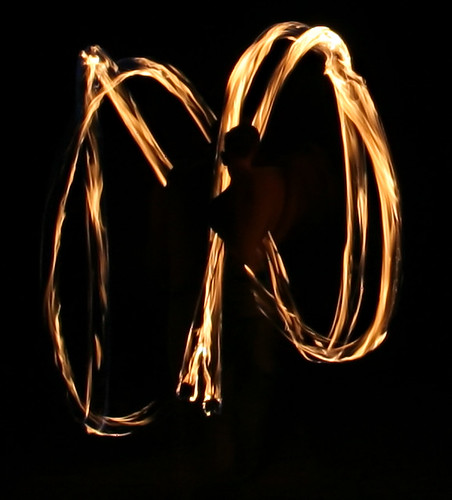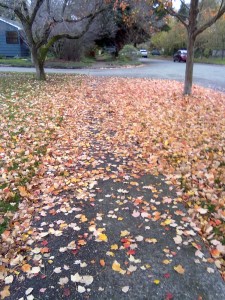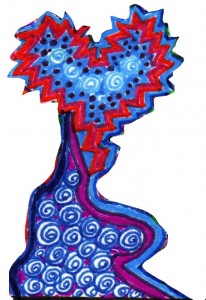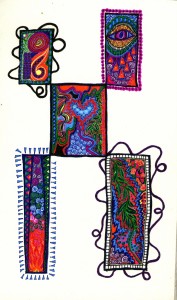 Via a tweet today from @HHG I came across a blog post from author Susan Piver on Buddhism and Relationships: 3 Stages to Heal a Broken Heart. I was taken by the post not because I am currently experiencing a broken heart, but because her three bits of advice seemed incredibly relevant to the practice of facilitation.
Via a tweet today from @HHG I came across a blog post from author Susan Piver on Buddhism and Relationships: 3 Stages to Heal a Broken Heart. I was taken by the post not because I am currently experiencing a broken heart, but because her three bits of advice seemed incredibly relevant to the practice of facilitation.
It is so easy to get blocked by our own feelings of wanting to both succeed in facilitating and to be accepted or “do right” as the facilitator. It is easy to get caught in the emotions of others in moments of heat and fire. It is easy to beat oneself up – and that rarely makes us better facilitators!
Open but still largely unread on my desk is the book, “Standing in the Fire: Leading high-heat meetings with clarity, calm and courage,” by Larry Dressler. It too, is about how we accept what is happening around us as a way of staying usefully engaged, rather than consumed and frankly, burnt out and hurt.
I am deeply interested in these practices as I feel I have finally begin a phase in life where I am breaking free of old “please the people” habits and finding more comfortable ways of holding disagreement, conflict and dissent. I want to find practices that bring in critical thinking, use the heat instead of pouring on water at the first spark.
Here is a bit from Susan’s post. I have edited out the specific material about heartbreak and out of respect for her full text. So click in and read the rest.
I have three suggestions for figuring out how to accomplish this very mysterious feat of feeling without attaching a narrative as to what it might, could, should, or dare not mean.
1. Develop a non-judgmental relationship with your mind. …When you’re under the sway of strong emotion, you come into contact with a state of being that I like to call Insane Obsessive Thinking. If only, I should have, what I really meant was, how dare she, I am a loser, you are a loser, love stinks… .Without addressing a mind run amuck, the chances of skillfully working with your feelings is kind of limited. So I suggest introducing a note of discipline to your everyday life, beginning today. Spend some time everyday, not squashing your icky thoughts and promoting your good ones, but simply watching your mind in a relaxed way—no matter how wild it gets, you can remain steady. This is what meditation teaches you how to do…
2. Stabilize your heart in the open state. When you regain some sense of dominion in your own mind, naturally your attention will turn toward that raging, screaming, 24/7 searing thing in the middle of your chest—your heart…
3. View your whole life as path. With a sense of clarity in your mind and stability in your heart, the third stage becomes something altogether different. There is no practice associated with this one. With mental clarity and emotional stability comes the ability to see your entire life as path. You have created the foundation for an entirely authentic life, one full of joy and sorrow, meetings and partings, giving and taking, and deep meaning. ..
via Buddhism and Relationships: 3 Stages to Heal a Broken Heart | Susan Piver.
How do you stand in the fire? Accept and move forward as a facilitator?
Photo Credit: http://www.flickr.com/photos/flavor32/248040902/



 Via a tweet today from
Via a tweet today from